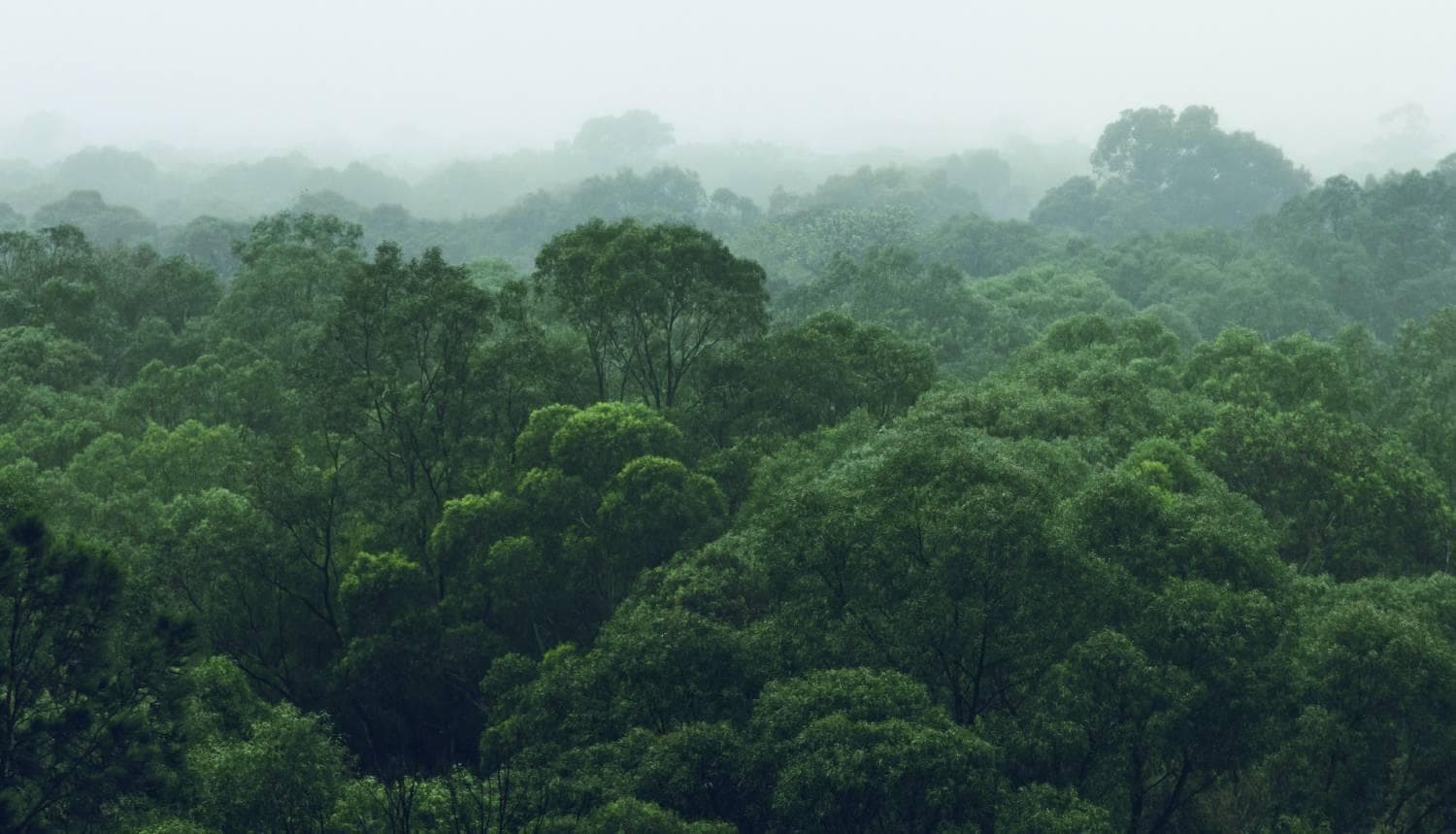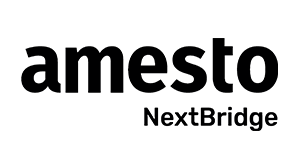- Customer Success Stories
- Amesto Nextbridge Helping consumers fight deforestation in the Amazon

Helping consumers fight deforestation in the Amazon

Consumer app provides information about food supply chain and risk of deforestation in Brazil.

Sustainable choices
Made easier with information for food choices for consumers in Brazil?
Amesto Nextbridge achieved this using • SAS® Viya® on Microsoft Azure
Make sustainable choices for the future
Throughout the tropics, most deforestation is caused by agriculture, mainly used for livestock. The links between deforestation and domestic consumption are rarely made transparent in part largely due to a lack of data. Today, it is difficult for consumers to see how their meat products are processed and where it comes from - transparency is thus one of the biggest challenges of deforestation.
Brazil is a growing economy whose consumers are concerned about the origins of their food. In a 2018 study, 85 percent of respondents wanted to know more about where their food comes from and how it is produced.
For the 2020 SAS® Hackathon, the team from Amesto NextBridge in Denmark have worked with researchers from SEI (Stockholm Environment Institute) and UC Louvain to create an app that will provide valuable information to Brazilian consumers about where their food comes from.
Filling the data gap
In Brazil, 90% of all meat is processed in a registered slaughterhouse. Before shipping, each re
gistered slaughterhouse labels the meat with a stamp. This is a unique identifier that identifies where it has been produced and is visible on meat products in grocery stores and shops all across Brazil. But it is not clear to the customers what this stamp means or how to decode it.
“Our work spans climate, water, air and land use issues. Stakeholder involvement is at the heart of our efforts to build capacity, strengthen institutions and equip partners for long-term change. This project will make it easier for Brazilian consumers to access information about where their food comes from and be able to make more sustainable choices in the future,” says Erasmus zu Ermgassen from UC Louvain.
The team from Amesto NextBridge collected a sample set of the inspection stamps and processed them using Tensorflow. Using data provided by UC Louvain they were able to visualize the deforestation risk associated to the slaughterhouses. The team created an Android app that has an image recognition tool and machine learning built in. The app decodes the stamp on the meat and informs the consumer in real time to which degree the product is related to deforestation.
The app will make it possible for Brazilian consumers to be more informed about what they are buying while they shop. They will have the power to choose to help the environment.
“In the future, the app could provide additional vital information such as sanitary risks or other health impacts. This will empower consumers in Brazil to make informed decisions every time they shop,” says Rune Juhl, Amesto NextBridge Denmark.
Our work spans climate, water, air and land use issues. Stakeholder involvement is at the heart of our efforts to build capacity, strengthen institutions and equip partners for long-term change. This project will make it easier for Brazilian consumers to access information about where their food comes from and be able to make more sustainable choices in the futureErasmus zu Ermgassen Post-doctoral researcher: sustainable livestock & supply chains UC Louvain
85%
Want to know where food comes from and how it is produced
90%
Meat is processed in a registered slaughterhouse
2020
Participant in the 2020 SAS® Hackathon
The results illustrated in this article are specific to the particular situations, business models, data input, and computing environments described herein. Each SAS customer’s experience is unique based on business and technical variables and all statements must be considered non-typical. Actual savings, results, and performance characteristics will vary depending on individual customer configurations and conditions. SAS does not guarantee or represent that every customer will achieve similar results. The only warranties for SAS products and services are those that are set forth in the express warranty statements in the written agreement for such products and services. Nothing herein should be construed as constituting an additional warranty. Customers have shared their successes with SAS as part of an agreed-upon contractual exchange or project success summarization following a successful implementation of SAS software. Brand and product names are trademarks of their respective companies.

